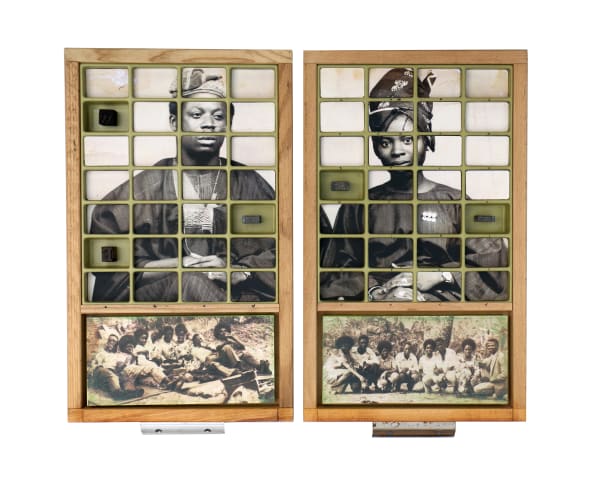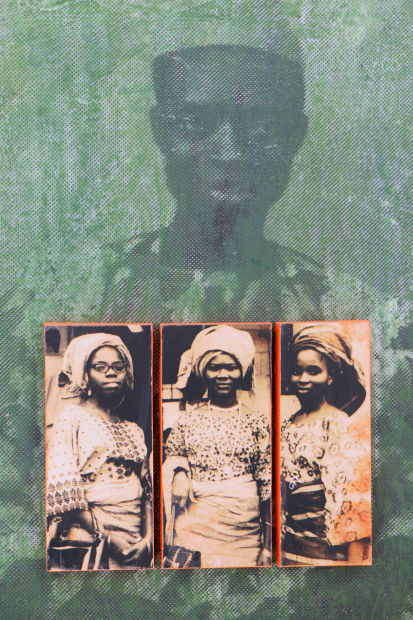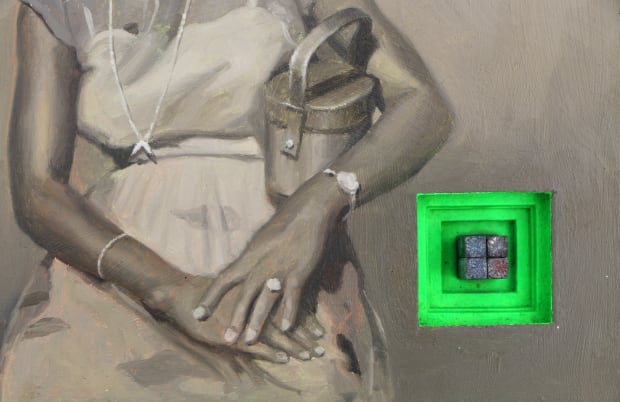-
-
IN HIS RECENT BODY OF WORK, KELANI ENGAGES TECHNOLOGY TO BY-PASS OBSOLETE MATERIALS, TRANSPORTING THEM INTO MODERN RELEVANCE, USURPING OUTMODED MACHINERY AND TOOLS SUCH AS PRINTING CASES, LETTERPRESS TYPES, METAL PLATES, RUBBER BLOCKS AND THE STAMPING TOOL TO GENERATE NEW NARRATIVES. HE CONSTANTLY EXPLORES THE IMPORTANCE OF MATERIAL INHERITANCE, INTERROGATING HOW PAST AND PRESENT COALESCE.
KELANI ATTEMPTS TO MAKE A STATEMENT OF THE FUTURE THAT CONCEDES THE INTERDEPENDENCE OF DIFFERENT MOMENTS, INVESTIGATING THE POSSIBILITIES INHERENT IN PAINTING, PHOTOGRAPHY AND PRINTING USING ARCHIVAL MATERIALS TO HIGHLIGHT PERSONAL STORIES, AGAINST THE BACKDROP OF SOCIAL AND POLITICAL EVENTS, WHICH ALSO ENGAGE TIME AND MEMORY.
-
-
Casing History is an ongoing research on time. It is responding to the question of how a moment can be paused. My effort is geared towards fixing a particular period in time, as well as reclaiming archives by re-appropriating the use of the letterpress type-case, switching the letters in each box with personal archives, “Photographs from family albums, friends, relatives and images from autobiographies”.
-

-

-
-
Scrap of Evidence contribute to the practice of memory and historical recall, I try to create dialogue between the past and present, analogue and digital by re-imagining and re-imaging the past through archives as well as manipulating and reconstructing the use of images via painting and photography.
-

-

-
-
Chronological Remuneration is a point of departure from a 2011 exhibition “Man and Machine” which probes the difficult connection of belonging and identity and in particular, the shared history of man and technology through a wide range of different media including acrylic, oil and charcoal.
The body of work is bridging the gap between art, architecture and engineering as well as exploring the intersection of art and science by stressing the importance of machinery in aiding manpower in today’s fast growing technological advancement.
-

-
Join our mailing list
* denotes required fields
We will process the personal data you have supplied in accordance with our privacy policy (available on request). You can unsubscribe or change your preferences at any time by clicking the link in our emails.










